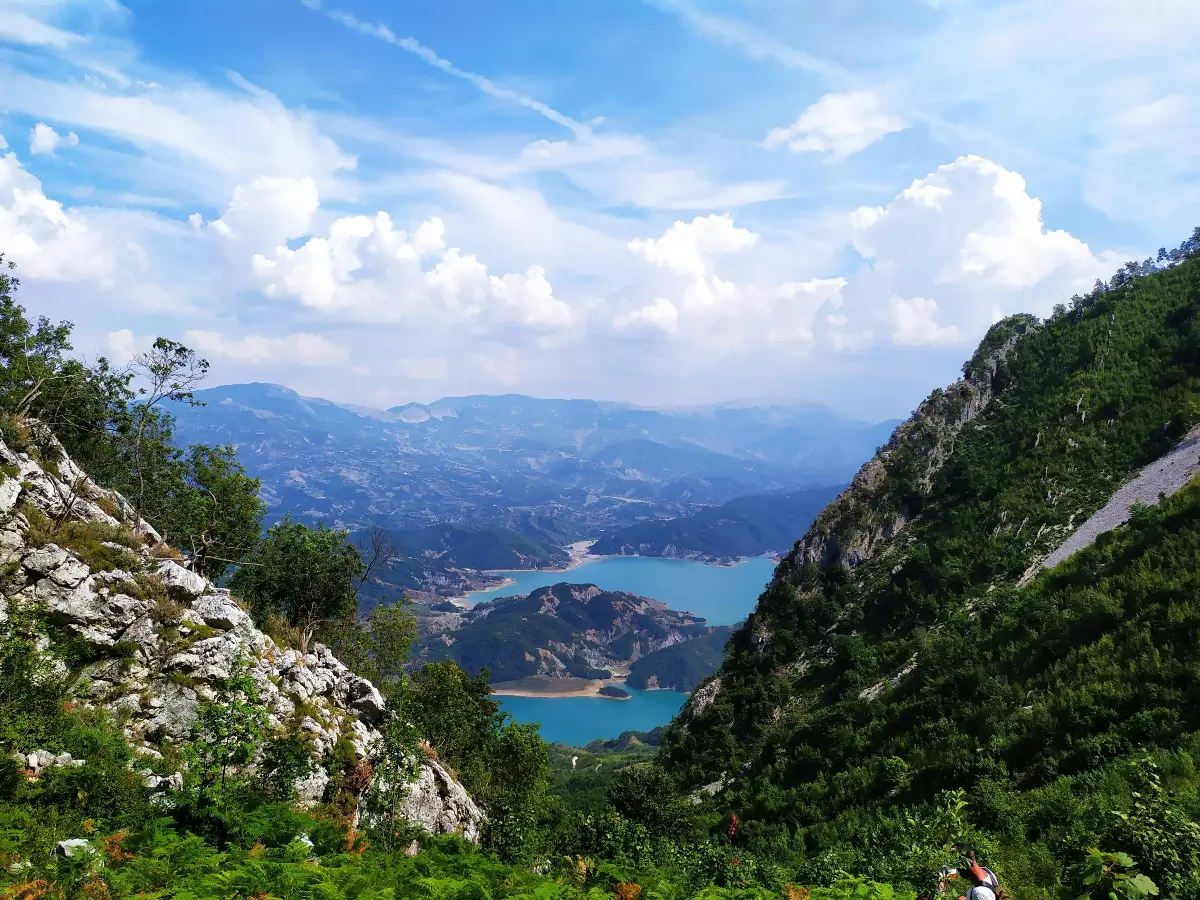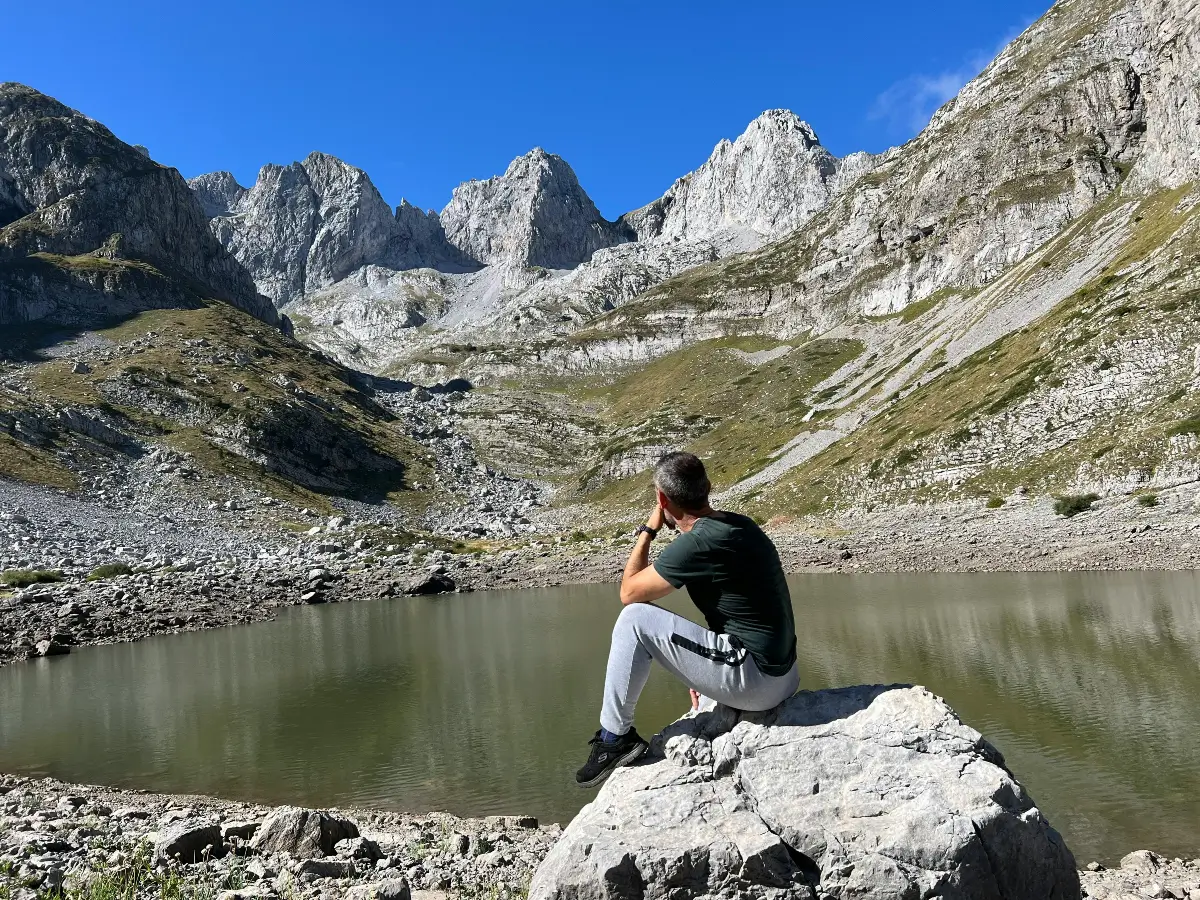Albania holds one of the richest ecosystems in Europe, yet much of its wildlife remains largely unknown to international travelers. From brown bears in the mountains to rare birds in coastal wetlands, the country is home to a wide range of species — many of them protected or endangered.
While Albania has gained attention for its beaches and historical towns, its potential for wildlife-based tourism is still emerging. With growing interest in ecotourism, birdwatching, and nature conservation, Albania has a chance to position itself as a rare destination that combines biodiversity with authentic travel experiences.

Untouched habitats and rare species
Albania’s varied geography supports multiple climate zones and ecosystems — all packed into a relatively small area. This natural diversity allows for different species to thrive, often just hours apart from each other.
Key areas for wildlife include alpine forests, river valleys, freshwater lakes, coastal lagoons, and Mediterranean scrublands. Many of these are protected zones or included in the Emerald Network and Natura 2000 conservation programs.
Among the species found in Albania are:
-
Brown bears and wolves in the Albanian Alps
-
Lynx populations in the eastern mountains, especially near the Prespa region
-
Over 300 bird species, including Dalmatian pelicans, flamingos, eagles, and herons
-
Otters, wild goats, foxes, and endemic reptiles in wetland and river areas
-
Rare orchids and alpine flora in high-altitude parks like Shebenik-Jabllanicë and Llogara
These habitats remain mostly undisturbed, offering raw beauty and real wilderness — something rare in Europe, where many areas have long been overdeveloped.

Opportunities for nature-based tourism
Wildlife tourism doesn’t mean luxury resorts or mass infrastructure. It relies on small-scale, sustainable models — guided hikes, birdwatching trips, wildlife photography tours, and educational travel focused on ecology.
Albania’s strengths in this niche include:
-
Low human density in remote areas, allowing peaceful animal habitats
-
Authentic village hospitality that supports community-based tourism
-
Proximity of diverse ecosystems, allowing tourists to experience mountains, rivers, and lagoons in one trip
-
Local knowledge, especially among shepherds, farmers, and forest workers who already understand the environment
-
Untapped regions, like Divjakë-Karavasta, Prespa, and Valbona, that have yet to be heavily commercialized
Birdwatching alone has significant potential. Albania lies along the Adriatic Flyway, a major migratory route for birds traveling between Europe and Africa. Wetlands like the Karavasta Lagoon and Butrint National Park host thousands of species, making them ideal for enthusiasts who already visit nearby countries like Greece and Montenegro.

Challenges and what’s needed
Albania’s potential is clear, but wildlife tourism requires careful planning. Roads to some protected areas remain difficult to access. Conservation funding is limited, and unregulated tourism could threaten delicate habitats if not managed properly.
For wildlife tourism to grow responsibly, Albania would need to:
-
Improve access and infrastructure near protected parks
-
Train local guides in conservation tourism
-
Promote lesser-known destinations to reduce pressure on hotspots
-
Create clearer regulations to avoid illegal hunting or habitat disruption
-
Connect local communities with long-term economic incentives from sustainable tourism
These changes don’t require mass development — only focused investment and a clear strategy that protects nature while welcoming travelers.